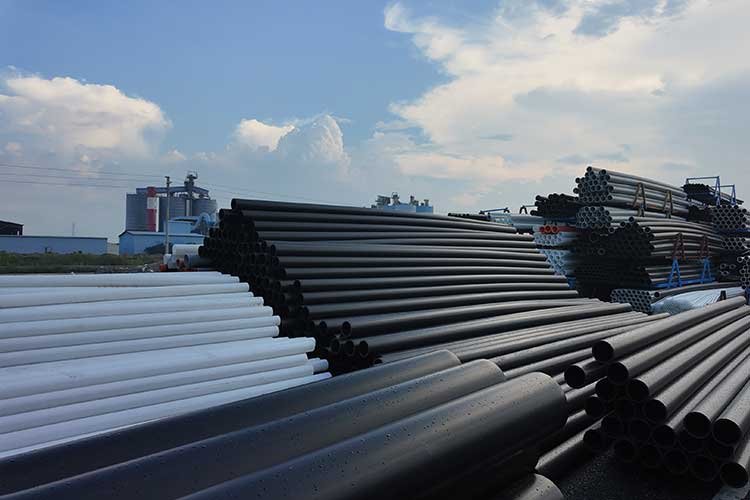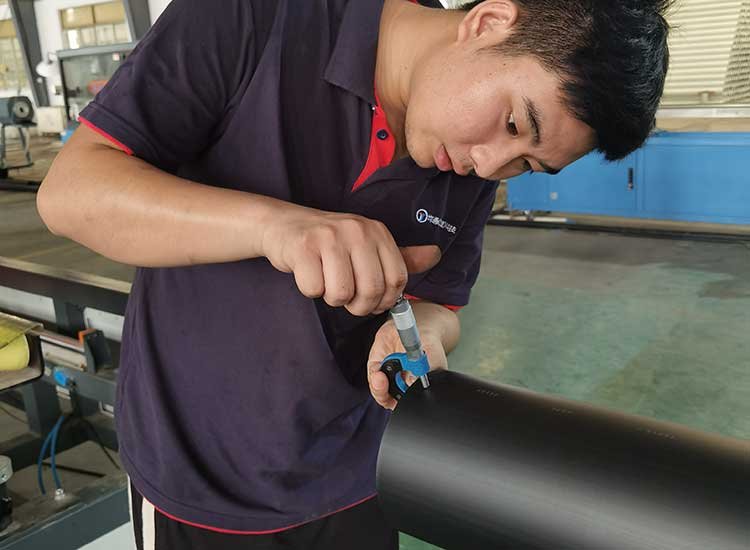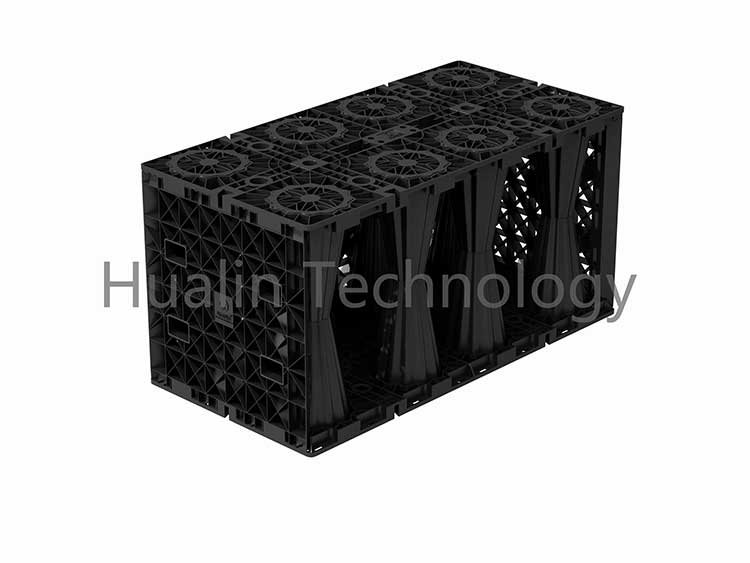12 Hdpe 파이프
오늘 문의 보내기
12 Hdpe Pipe Manufacturer
12 HDPE pipe is a high-performance plastic pipe that has become a substitute for traditional metal pipes and concrete pipes due to its excellent physical and chemical properties.
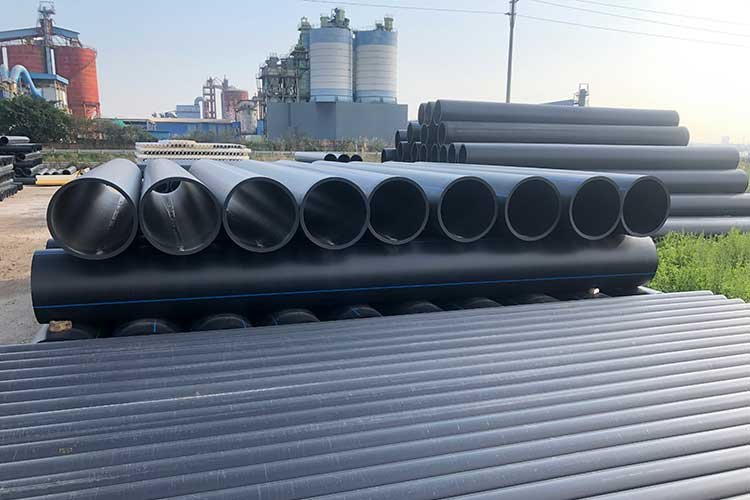
12 HDPE Pipe Features
기계적 특성
High tensile strength, impact resistance (drop hammer impact test ≤10% damage at 23°C), ring stiffness ≥8kN/m² (for drainage pipes), adaptable to foundation settlement;
화학적 특성
Acid-resistant (pH 2~13), alkali-resistant, and salt solution-resistant, it does not react with most chemicals, and is superior to cast iron and steel pipes;
Fluid Performance
The inner wall is smooth (roughness k=0.009mm), the hydraulic friction is small, the flow rate is 30% higher than that of concrete pipes under the same pipe diameter, and it is not easy to scale;
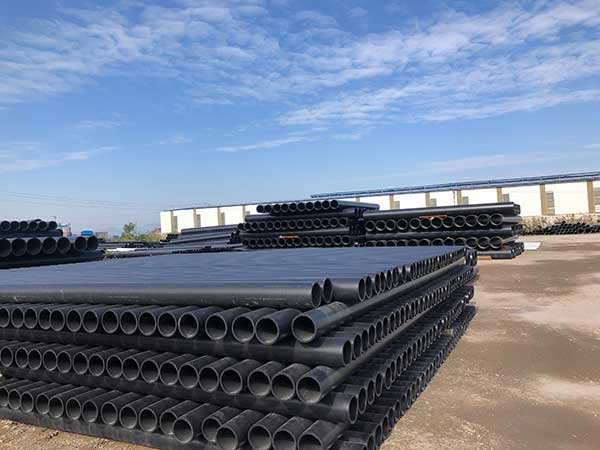
12 Hdpe Pipe Application Fields
12 HDPE pipe is widely used in many fields due to its excellent performance:
도시 엔지니어링:
Urban water supply and drainage network, integrated pipeline corridor laying;
Water conservancy projects:
Farmland irrigation, reservoir water transfer, river management;
산업 분야:
Material transportation in chemical, pharmaceutical and food factories;
Environmental protection projects:
Leachate collection from landfills, pipe systems for sewage treatment plants.
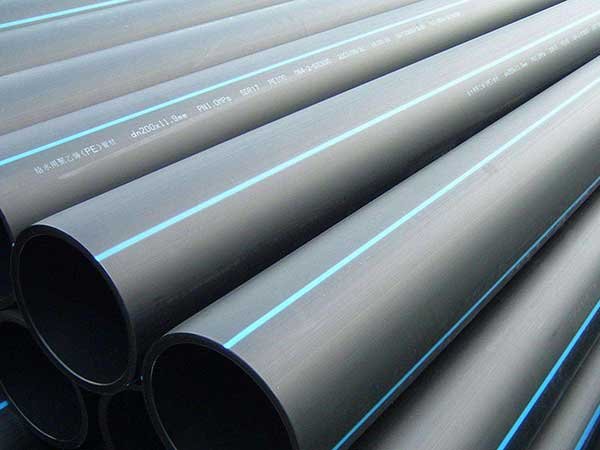
연결 및 설치 지점
- When hot-melt butt welding: the heating temperature (usually 190-230℃) and heating time (adjusted according to the wall thickness of the pipe, the heating time for a 12-inch pipe is about 5-8 minutes) must be strictly controlled. The pipe must not be moved during the cooling process to avoid cracking of the interface.
- When making electric fusion connection: a special electric fusion machine must be used and operated according to the specified parameters (voltage, time). After the connection is completed, it must be cooled naturally for ≥30 minutes. No external force is allowed during the cooling period.
- When crossing special areas such as roads and rivers, a protective casing must be added. The inner diameter of the casing should be 100-200 mm larger than the outer diameter of the HDPE pipe, and both ends should be sealed to prevent mud and sand from seeping in.
- When conveying media containing solid particles, the particle size must be controlled to ≤5 mm and the concentration must be ≤10% to avoid long-term erosion and pipe wear.
- After the pipeline is installed and passes the water pressure test, it should be backfilled in time. The backfill material must be fine soil or medium-coarse sand with a particle size of ≤5 mm. It is strictly forbidden to use hard objects such as stones and bricks.
관련 기사
파이프 규격 지정 – 종합 가이드
파이프 규격은 일반적으로 DN, 인치, D, Φ, De 등 다양한 방법으로 표시됩니다.
PE 파이프 벽 두께 계산 방법
PE 파이프는 도시 상수도 및 배수, 가스, 통신, 전력 등에 널리 사용됩니다…
PE 파이프의 미터당 중량 및 계산 공식 알아보기
PE 파이프의 미터당 중량은 단순히 재료의 직접적인 반영일 뿐만 아니라…
중국 상위 10대 플라스틱 빗물 저장 탱크 제조업체
중국에는 수많은 플라스틱 빗물 저장 탱크 제조업체가 있으며, 이들 중 다수는 경험이 풍부하고…
플라스틱 파이프 원자재 – 종합 가이드
인프라 및 가정 장식 분야의 핵심 소재로서 플라스틱 파이프의 품질은…
PE 파이프의 전기융착 VS 열융착: 포괄적 비교
PE 파이프는 도시 공학 분야에서 필수적이지만, 서로 다른 연결 방식은 상당한…
